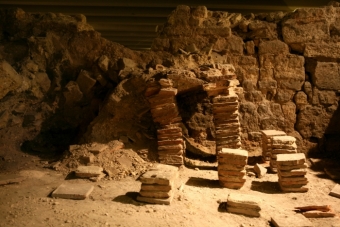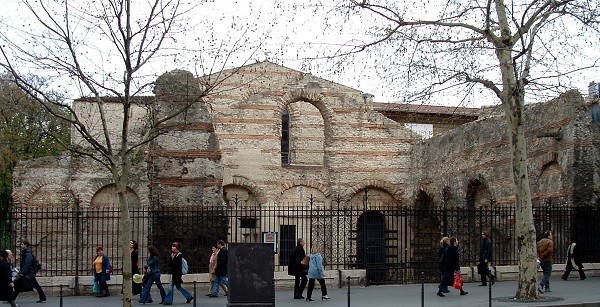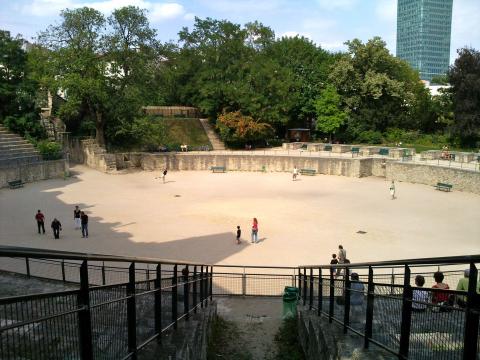Ancient and Early Medieval Paris
Background Material to Prepare for Your Part of the Tour
General Sources:
- Chronology of Parisian History, 58 BC to 1100 AD
- "Introduction," (excerpts) from James H.S. McGregor, Paris from the Ground Up (Cambridge, Mass.: Harvard University Press, 2009, pp.2-4
- Paris-Lutetia: From earliest times to c. 1000, Colin Jones, Paris: Biography of a City (New York: Viking, 2005), pp.1, 11-13,15-17.
- For a fascinating set of images of what we think the sites that you will be visiting looked like in ancient Roman period you can visit http://jeanclaudegolvin.com/lutetia-lutece-paris-2/
This should give you a very brief overview of the period. You can fill in the details relevant tospecific sites from the other sources below.
Sites on our Tour of PreModern Paris Relevant to Ancient and Early Medieval Paris
Between Points A (Pont Neuf) and B (Crypte Achéologique)
|
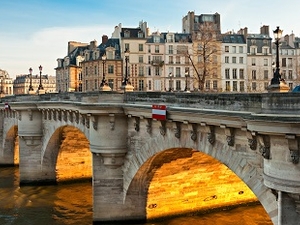 |
B Crypte Achéologique and Notre Dame
|
Heating System for 4th Century Baths in the Crypte Achéologique |
D The Roman Baths
|
Street View of the Ruins of the Roman Bath in Paris |
E. Panthéon/Montagne Sainte-Geneviève As we to pass the Panthéon, we will be walking through the area that was once covered by the Forum of Lutetia. Beyond the Panthéon, we will be walking through the area where Saint Genevieve was buried and where a great abbey eventually was build in the later Middle Ages.
|
Panthéon, Site of the Forum of Lutetia |
F. The Roman Arena After we leave the Panthéon/Montagne Sainte-Geneviève we will be visited the site of the arena of Lutetia
|
The Site of the Area of Lutece |
Animation of Paris Across the Centuries
Click here for an presentation of the development of Paris. Animators have imagined what Parislooked like at various periods and created a 13-minute video that allows you to fly through the city in each era. It was, of course, necessary to make guesses about what things must have looked like at various periods, but it is fascinating to get a general idea of how the city has changed visually over more than 2000 years. The most relevant sections for your group will be the first two sections that present the Gaulish village that existed before the Romans arrived and Lutetia, Roman Paris.
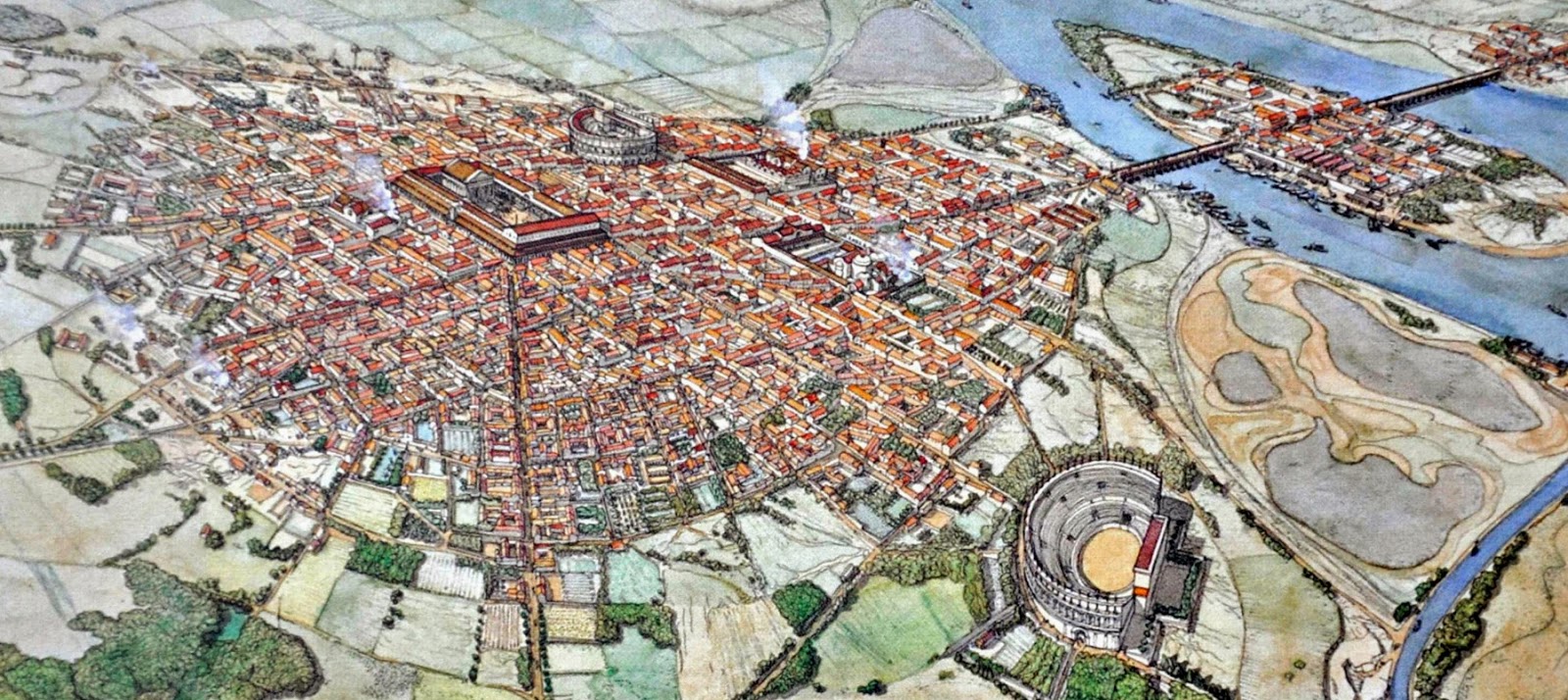
Reconstruction of Roman Paris
